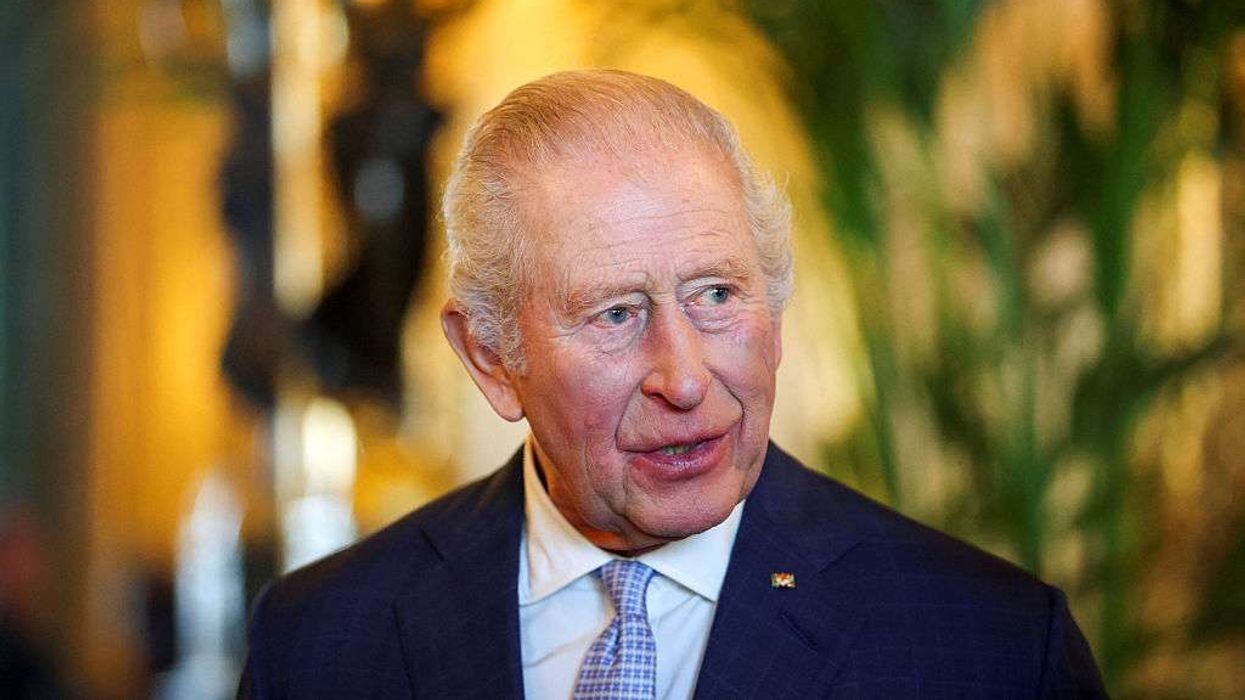After taking charge of the team in his second stint, India coach Ravi Shastri has tweaked the team's preparation style and though it's early days, an immediate impact can be noticed.
A key implementation on Shastri's part is how the batsmen are now ever ready to bat in the middle. This has nothing to do with batting order, instead a new practice of warming up before going down to the middle.
It was evident in Galle itself when Shikhar Dhawan and Abhinav Mukund India's pairing for the first Test reached the ground before the rest of the squad. The mandate for them was to get to the nets and start hitting balls just in case India bat first.
As it turned out, Kohli did win the toss and the amply warmed-up Dhawan smashed 190 off 168 balls in the first innings.
By the time the openers went in, Cheteshwar Pujara had completed this routine, while Virat Kohli was in the nets. It is a different approach to the previous regime, of course, and agreeably welcomed in the team as well.
The underlining aspect of this new thought process from coach Shastri is his belief that the team should exert its number one status on the field.
India were confirmed as the world's number one ranked Test side under Anil Kumble, romping to successive victories over the West Indies, New Zealand, England, Bangladesh and Australia.
Shastri has also brought forth a certain differentiation in the team s thinking in the short span of time that he has spent with them thus far. In one of his first conversations with the team, the coach had underlined the importance of enjoying the game before thinking of anything else .
Apparently, he had asked the players to remember why they had started playing cricket and urged them to 'exhibit this passion on the field'.
Given the short time frame of comparison, it might be harsh to highlight Kumble's coaching approach as a bit too methodical, if not mechanical. Shastri's first move has been to unshackle the players in his own inimitable way, whilst keeping a tight leash on how things take their course within the dressing room.
And there is a keen example of this as well.
For some time now, the Indian team has a standing rule that injured/ill players will be given back their spots in the playing eleven when they make a successful return to the squad after proving their fitness.
Apparently, in February when India were preparing to play Bangladesh, Ajinkya Rahane, returning from injury, was not aware of his standing in the team's plans. It was only after Kohli highlighted in the pre-match press conference that Karun Nair despite his triple ton would have to make way for the vice-captain, did a clearer picture emerge.
There is much clarity now in keeping with how things shaped up couple years ago. Earlier past week, KL Rahul recovered sufficiently from his illness and joined the team in Galle. He even frolicked with his colleagues on Sunday as the Indian players spent their afternoon at a resort near their team hotel.
Although the team management hasn't officially confirmed his return to full fitness, it is expected that he will be part of the playing eleven at the SSC in Colombo when the second Test starts on August 3.
As such, it becomes a problem of plenty. India will once again have three fit and in-form openers to choose from, yet it is an easy guess the name expected to lose out.





 Border 2 teaser set for Vijay Diwas as Sunny Varun Diljit lead new poster Instagram/tseriesfilms
Border 2 teaser set for Vijay Diwas as Sunny Varun Diljit lead new poster Instagram/tseriesfilms 





